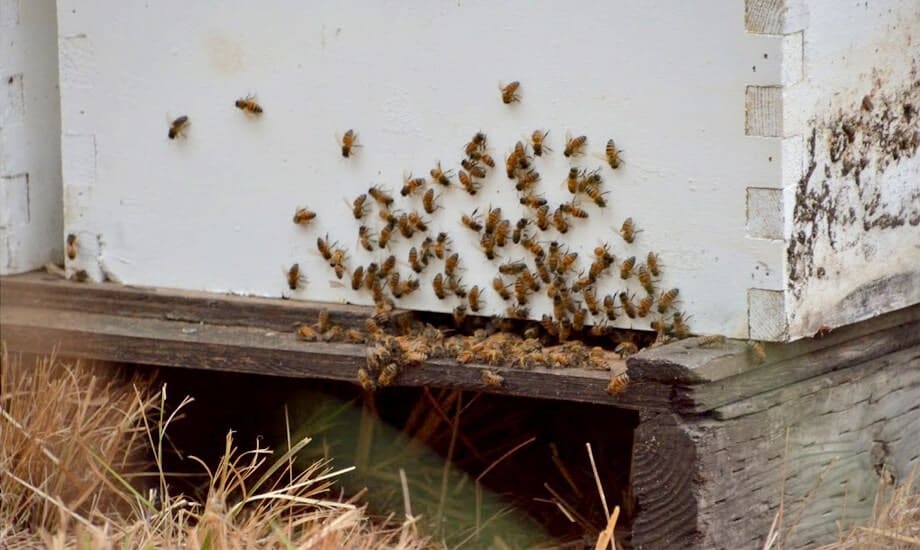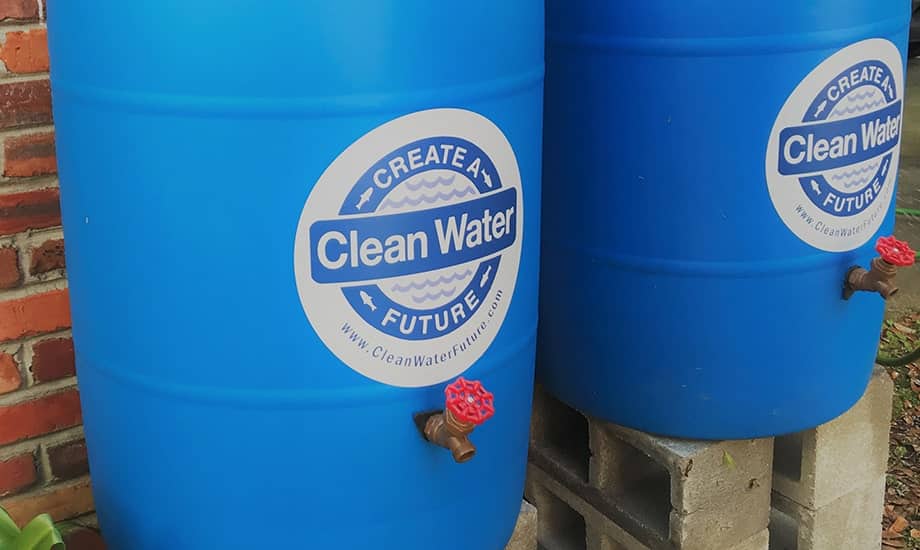Why Biodiversity Matters
Greif focuses on biodiversity to help preserve a healthy environment. By taking actions to understand and manage the potential impacts of our operations on ecosystem services and biodiversity, we position ourselves to preserve natural resources. Through our land management operations and services, we are dedicated to conserving the Earth’s biodiversity and ecosystem functions to promote wildlife and habitat restoration.
治理
244,600
Acres Under Management
We practice sustainable forestry across our operations in Alabama, Louisiana and Mississippi and offer services to improve land management practices across industries.
Since December 2008, Soterra, LLC, our subsidiary engaged in Land Management, has adhered to the principles of the Sustainable Forestry Initiative (SFI) and followed Best Management Practices defined by each state for its managed timberlands. Soterra forests provide timberland habitat for wildlife, forestry management services and serve as a space for recreational land use. Soterra operates in the Southeastern United States, managing 244,600 acres of timberland in Alabama, Louisiana and Mississippi. In 2020, Soterra forests sequestered over 1,705,000 tons of CO2.
SFI and state-specific Best Management Practices guide Soterra’s harvesting and overall forestry practices to ensure we adhere to all regulatory requirements and apply the highest standard practices throughout our operations whenever possible. We apply a sustainable harvest methodology based on a 30-year rotation to our timberlands. Prior to harvesting any site, we conduct a thorough review of the area to assess the overall biodiversity value of the site and identify any protected animal or plant species that may be impacted by the harvest. If any areas within a site are identified as having a high biodiversity value, or serve as a habitat to a protected species, appropriate buffer zones are established to ensure that species is not impacted and, if necessary, preparation and harvesting methods will be altered accordingly. To-date, no Soterra managed lands have been identified as having high biodiversity value, however since 2008, nine species of concern have been identified within our geographic areas and protected when necessary. In 2020, the black pine snake was newly designated as a species of concern on Greif-managed properties.
We work to improve our land management practices through technology whenever possible. In 2007, we began implementing geographic information systems to track our planting, maintenance and harvesting activities and using drone technology to more efficiently and safely assess the health of our forests. We continued to expand on these efforts in 2020 to support better site preparation for harvesting and evaluate potential pest outbreaks. To date, our drone pilots have mapped over 100,000 acres of company and private land.
2020 saw continued growth off our consulting services, which have helped us regenerate and plant trees on over 18,000 total acres planted on private land since 2016. We continued working with landowners to implement responsible land management practices and hosting socially distanced field days with landowner associations focusing on providing education on seedling genetics, reforesting best practices and leveraging drone technology.
In 2021, we will continue to diversify our services to maintain our ability to run our business with sustainable practices, including an initiative to plant one tree for every mile driven by our land management team and volunteer days for our colleagues to engage with the communities in which they work. We will continue to improve our land management practices and evaluate techniques to support greater carbon sequestration in support of offsetting Greif’s overall carbon footprint.
Pollinator Habitat Improvement Study
The year 2013 marked the conclusion of a multi-year pollinator research project that occurred on Greif/Soterra LLC timberlands in south Mississippi. The study was conducted in conjunction with the Pollinator Partnership and NAPCC—the world's foremost experts on pollination issues—to learn how pollinators impact wildlife food availability on timber landscapes, the added value of hosting honey bees and beekeepers on the landscape and to discover the best management practice for ecosystem services on forest landscapes.
The study produced some interesting recommendations for sustainable timberland management practices that should benefit timberland owners, pollinator species, local wildlife and ecosystems alike. Greif is committed to its sustainable land use platform, and will help distribute any resulting publications to industry partners, regulators and members of the academic community globally to influence positive environmental management in timberland systems.
In 2013, the Sustainable Forestry Initiative (SFI) recognized Soterra LLC and the Pollinator Partnership with its coveted Conservation Leadership Award for this research. The state of Louisiana also recognized the efforts on the program by declaring a state-wide Pollinator Week in the spring of 2018. As of 2019, Soterra LLC continues its support for education, outreach, conservation and scientific research relating to the importance of pollinators in our ecosystem by maintaining its involvement in the Pollinator Partnership as an active Board of Directors member. To learn more, please see our article in Bee Culture Magazine.

Rain Barrel Program Receives Stewardship Environmental Award
In 2018, Soterra established a partnership with the National Estuary Program to use donated Greif drums to collect rainwater. Through the program, each drum is outfitted with a rain barrel conversion kit to help store, capture and put rainwater to good use. The barrels are installed in impoverished areas with historically high utility costs that are also prone to flooding and water pollution associated with excessive water runoff. By the end of 2021, 200 drums capable of providing 260,000* gallons of water will be installed in the community. In 2019, we received an Environmental Stewardship award from Partners for Environmental Progress in recognition of the program.
*According to the United States Environmental Protection Agency, a rain barrel saves 1,300 gallons of water during peak summer months.






